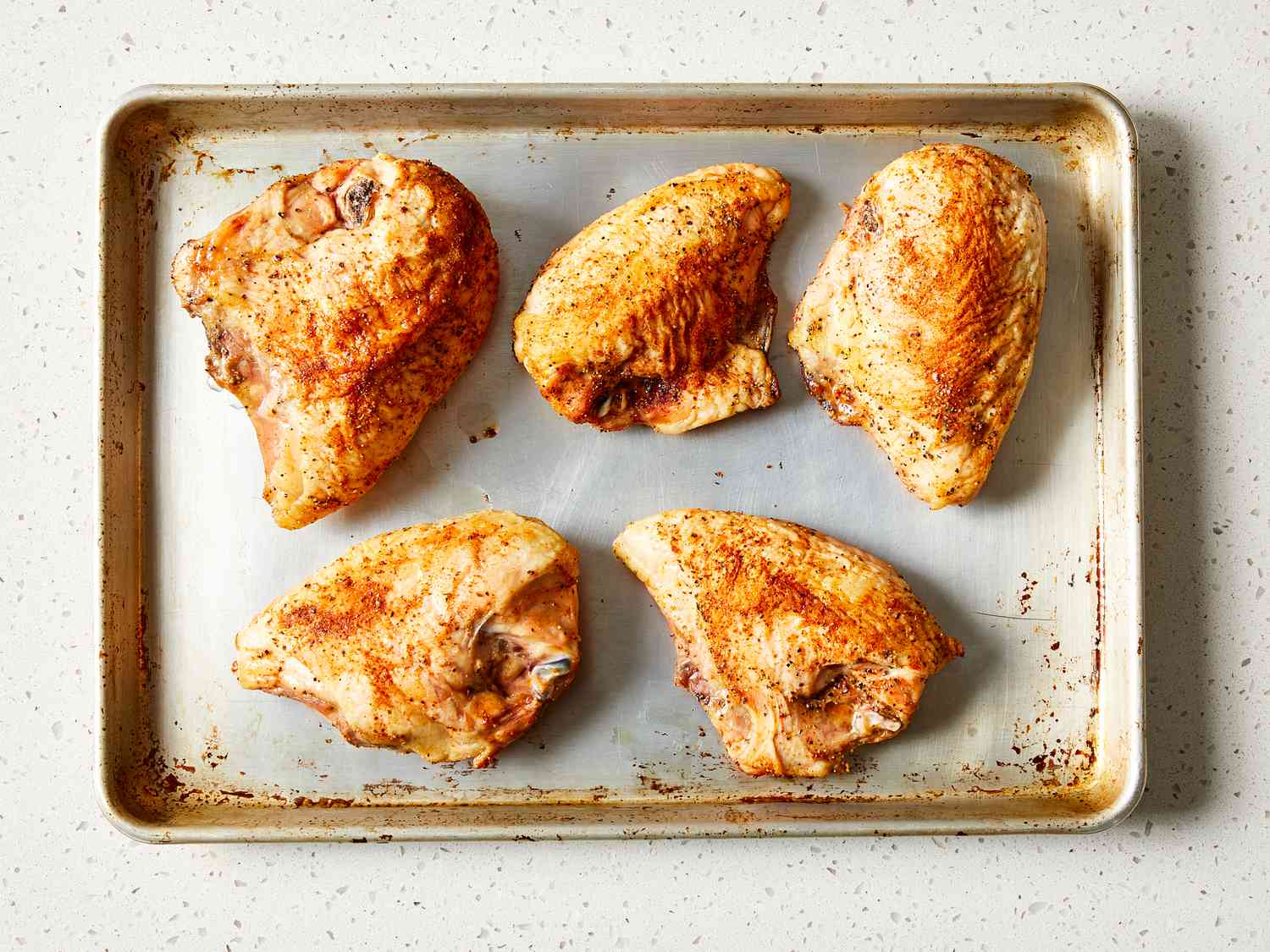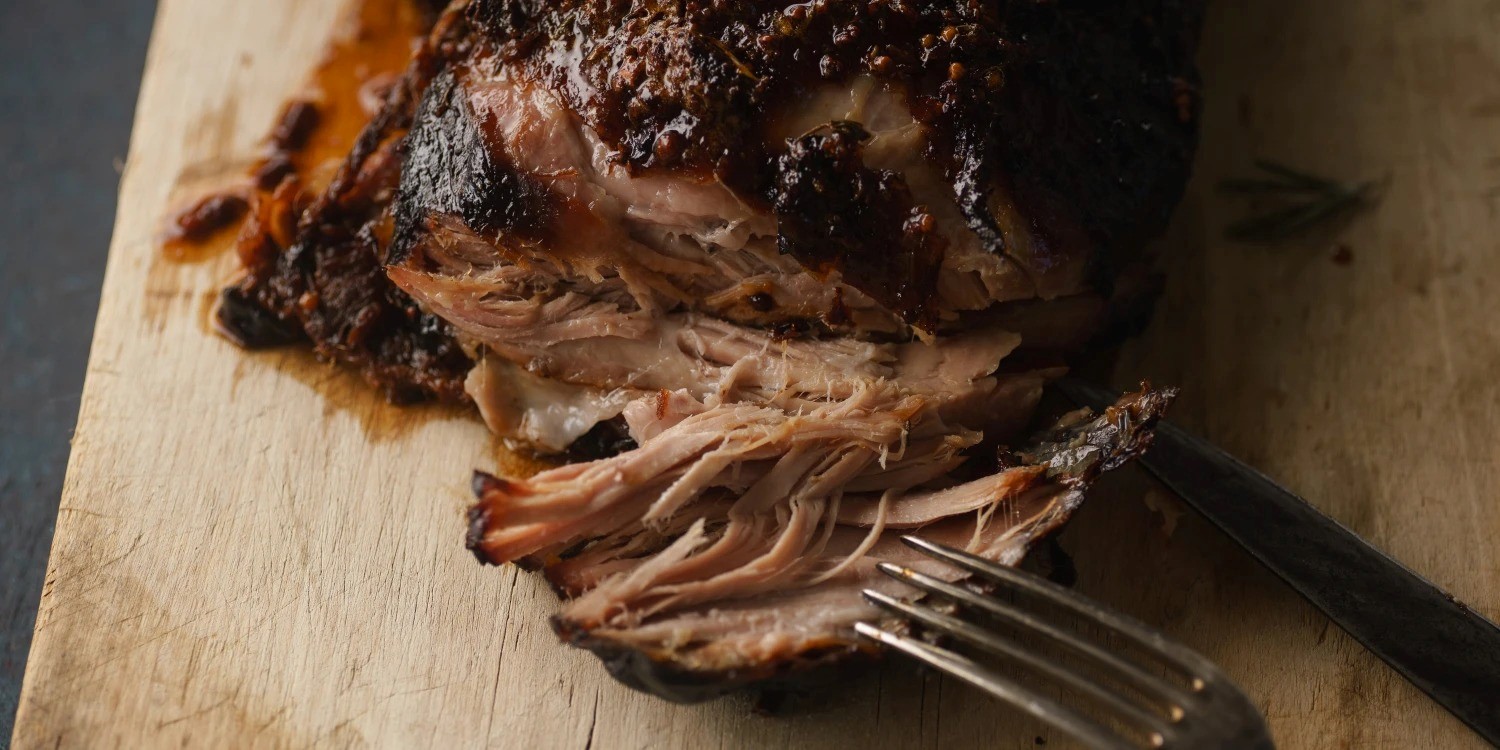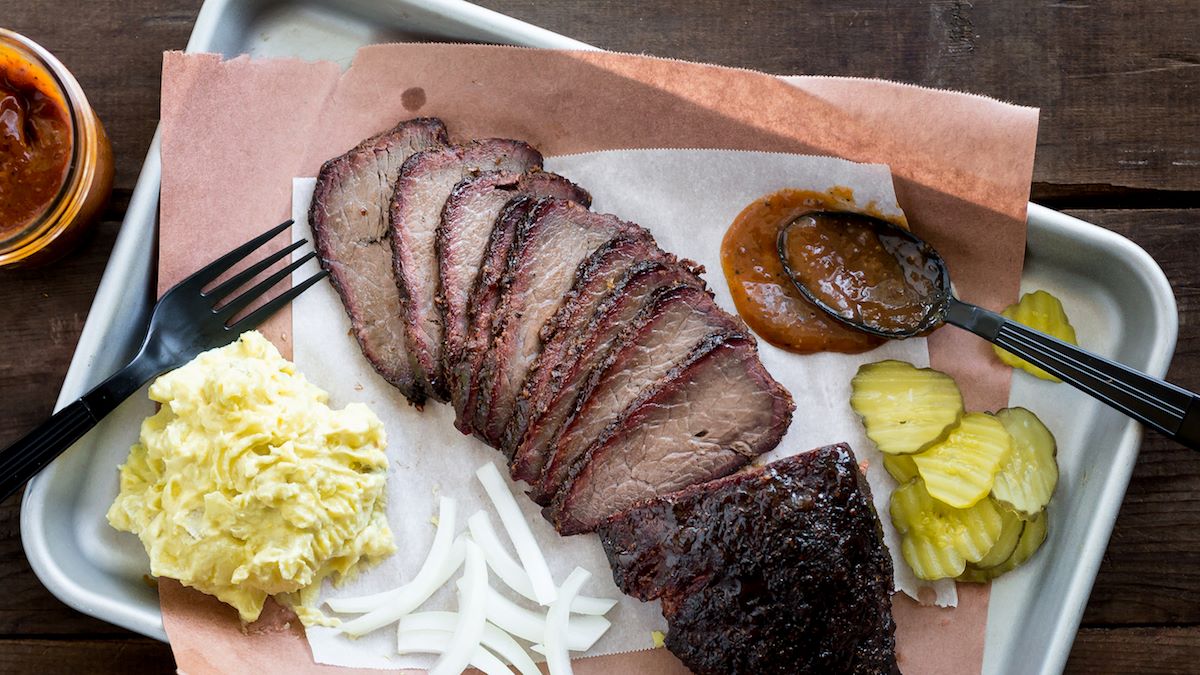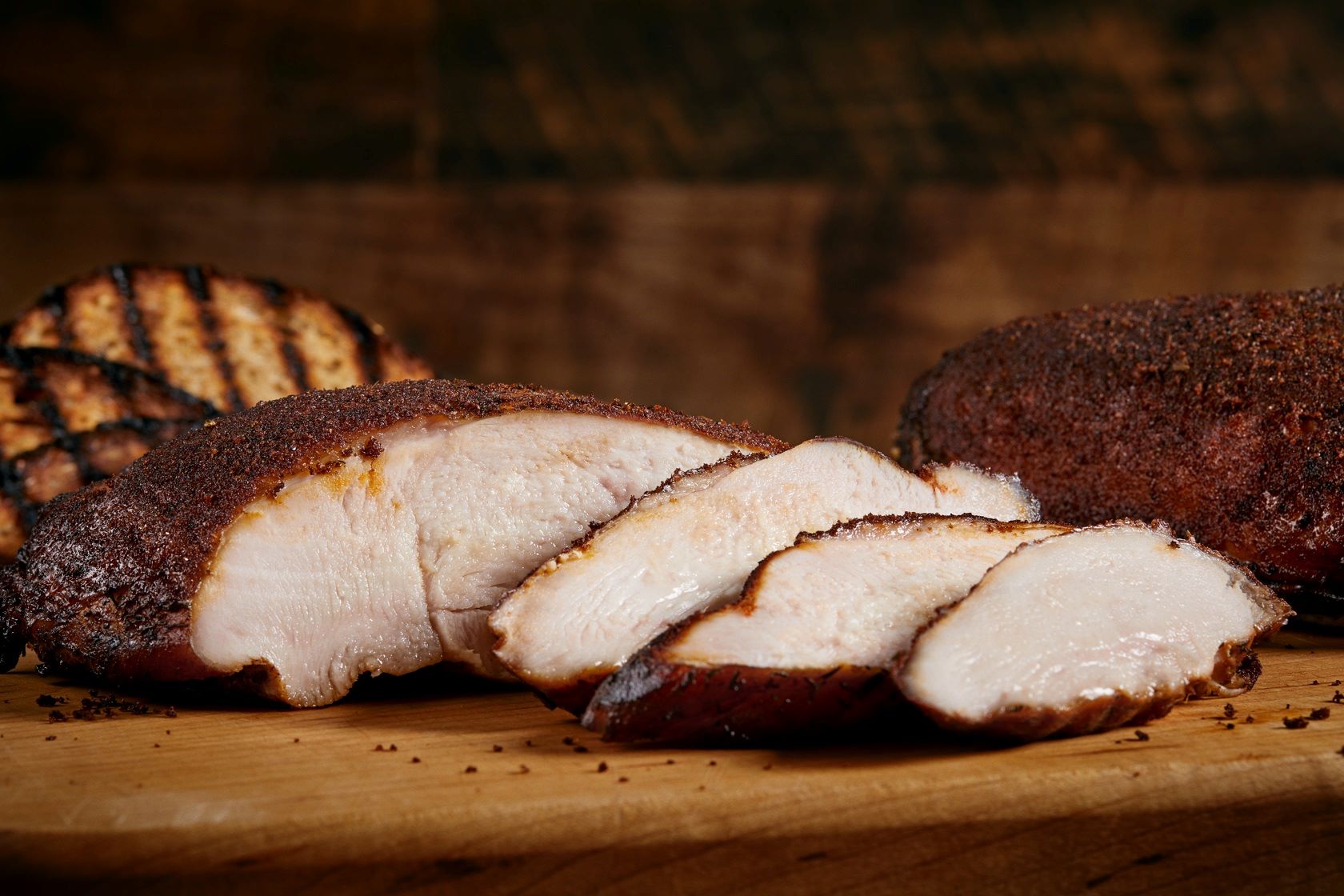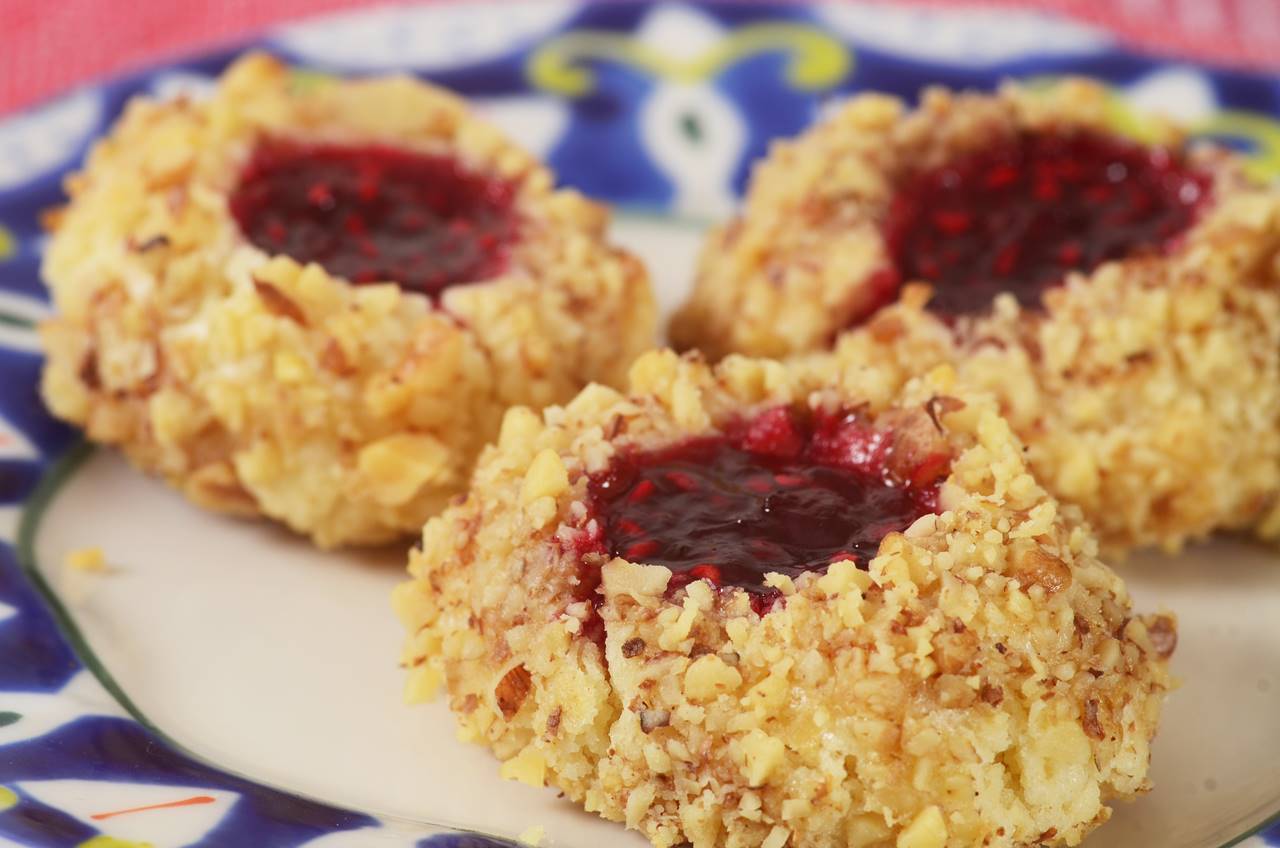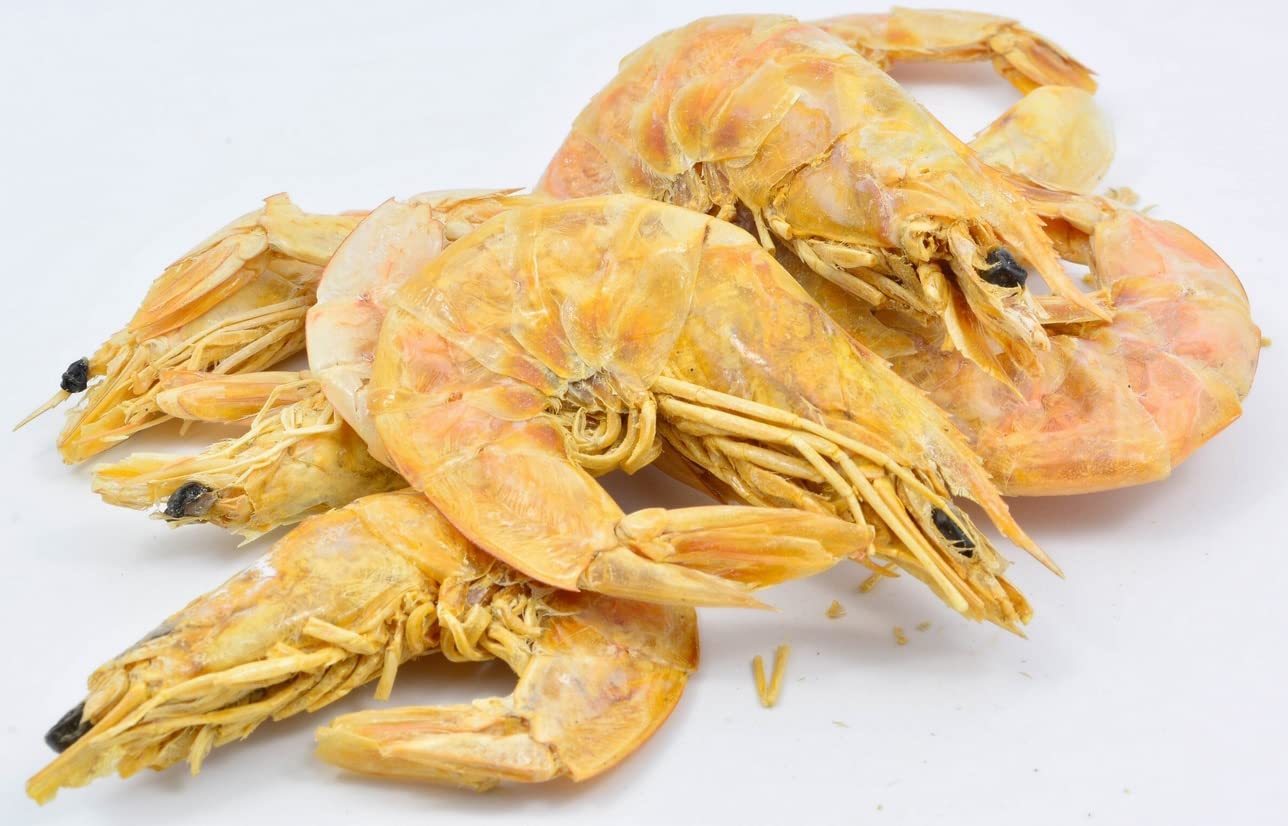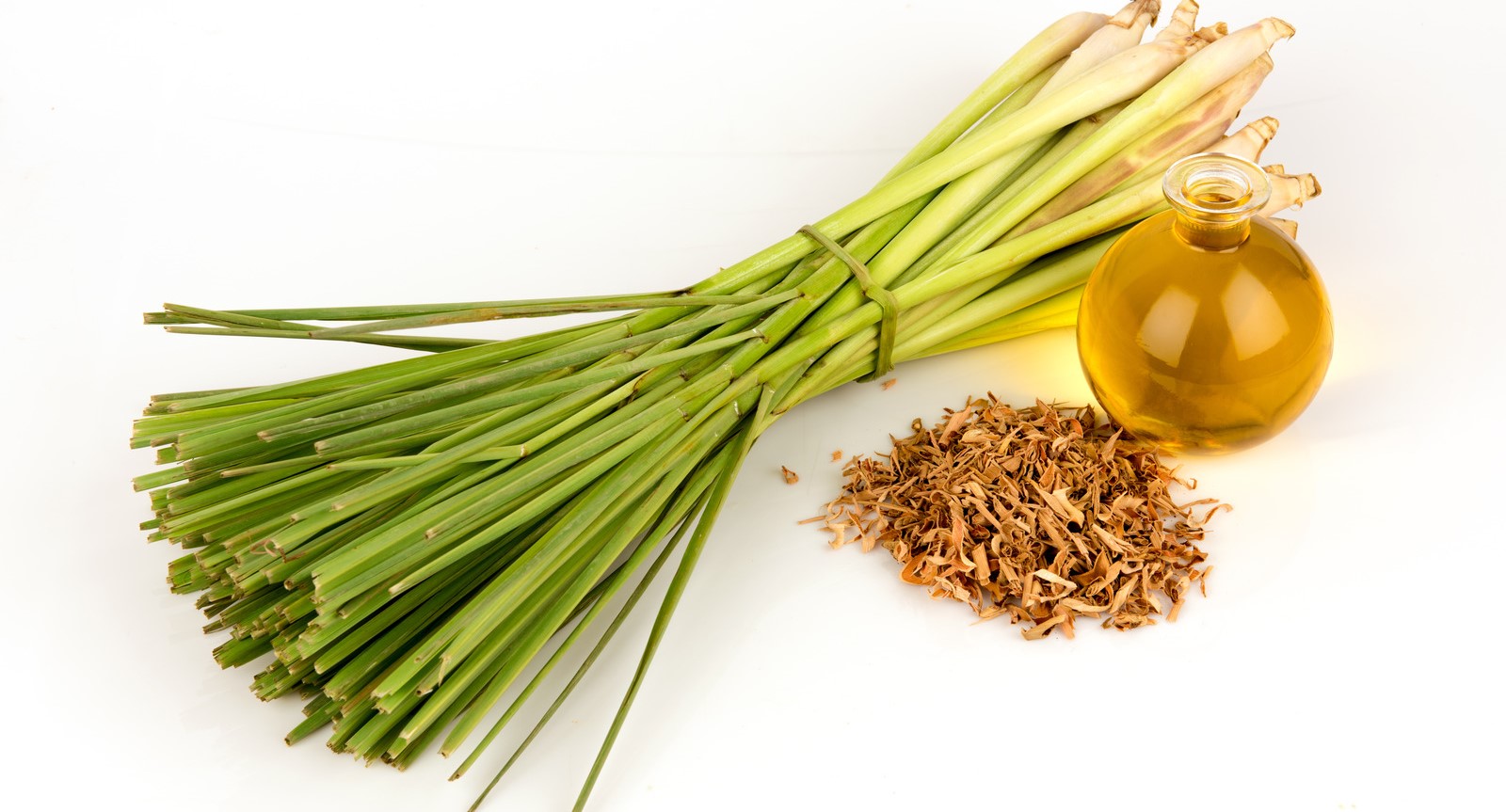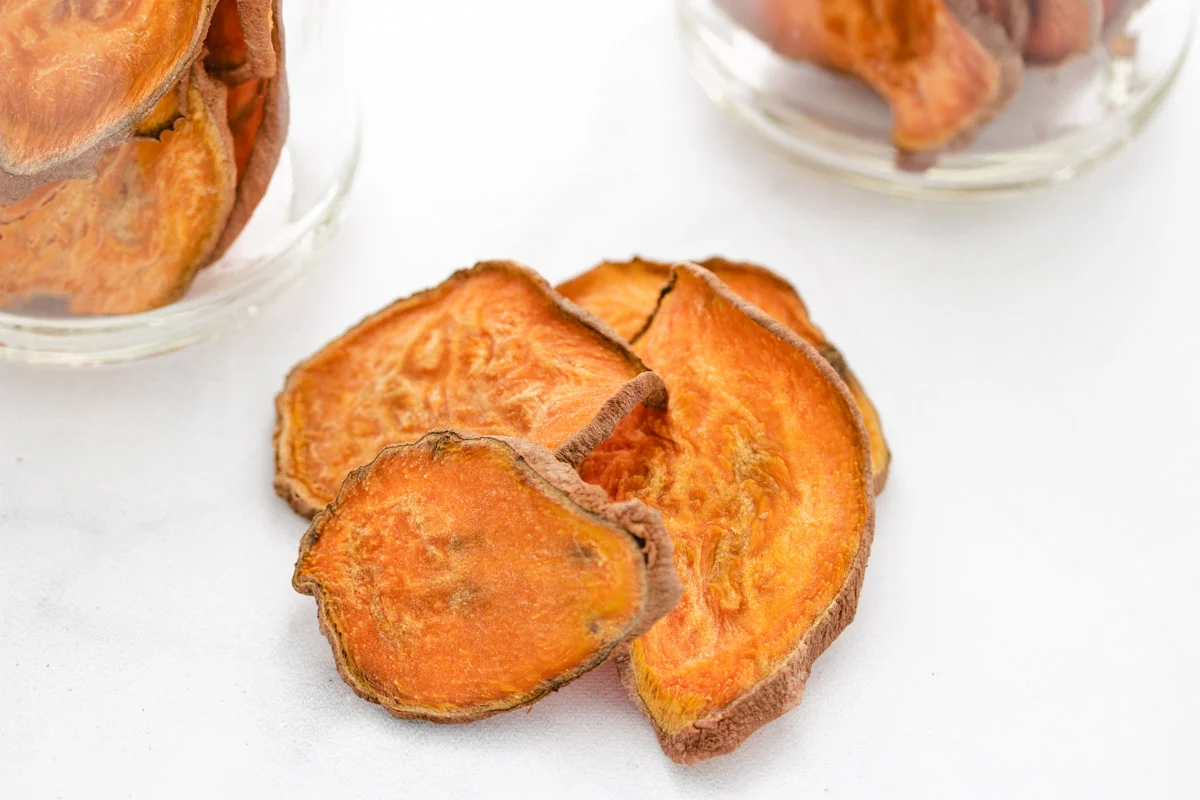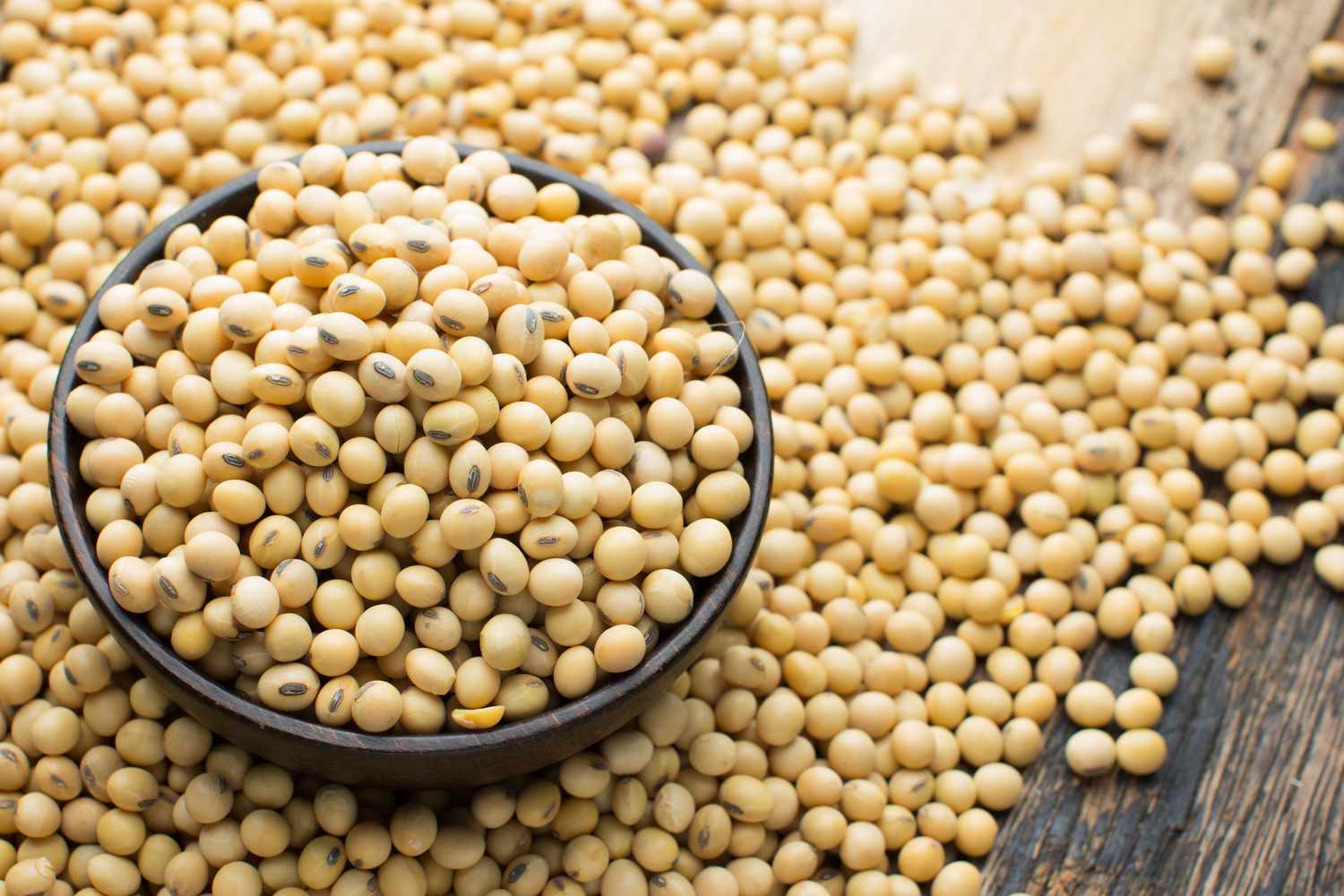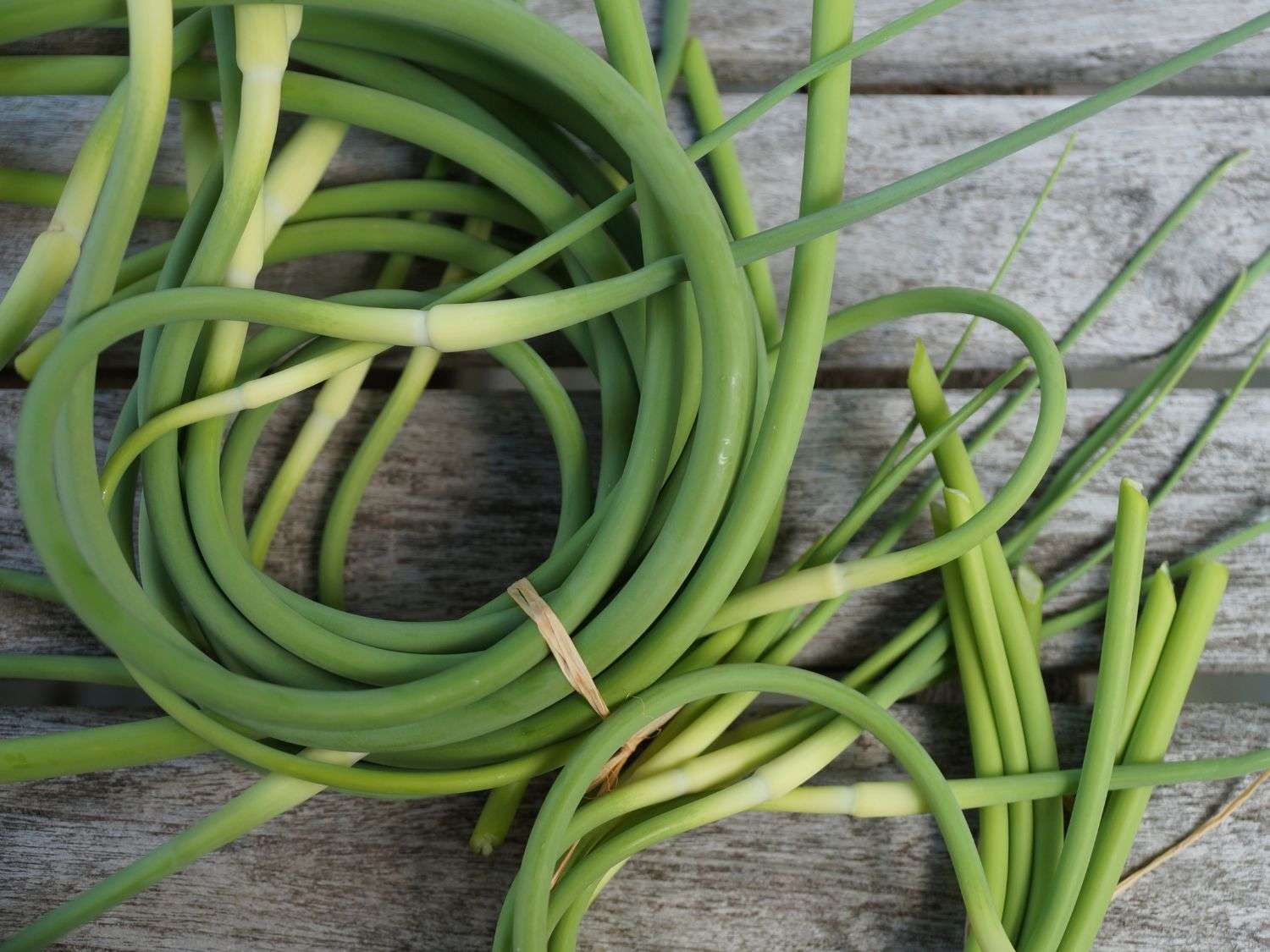Smoking Shish Kabobs: A Delicious and Flavorful Cooking Method
Shish kabobs are a popular dish that consists of skewered and grilled meat and vegetables. While grilling is a common method of cooking shish kabobs, smoking them can take the flavor to a whole new level. Smoking shish kabobs infuses them with a rich, smoky flavor that elevates the taste and creates a unique dining experience.
Why Smoke Shish Kabobs?
Smoking shish kabobs adds a depth of flavor that is unmatched by traditional grilling methods. The slow cooking process allows the smoky flavor to penetrate the meat and vegetables, resulting in a tender and flavorful dish. Additionally, smoking imparts a tantalizing aroma that will have your guests’ mouths watering before they even take their first bite.
Choosing the Right Wood
When smoking shish kabobs, it’s important to select the right type of wood to complement the flavors of the ingredients. Hardwoods such as hickory, oak, or mesquite are ideal for smoking shish kabobs as they impart a robust and smoky flavor. Fruit woods like apple or cherry can also add a hint of sweetness to the kabobs.
Preparing the Shish Kabobs for Smoking
Before you start smoking, it’s essential to prepare the shish kabobs properly. Here’s how to do it:
- Choose high-quality ingredients: Select fresh vegetables, tender cuts of meat, and flavorful marinades for your shish kabobs.
- Cut the ingredients into uniform pieces: This ensures even cooking and prevents smaller pieces from overcooking.
- Thread the ingredients onto skewers: Alternate between meat and vegetables to create visually appealing kabobs.
- Season the kabobs: Sprinkle the kabobs with your favorite seasonings or a dry rub to enhance the flavors.
Setting Up the Smoker
Now that the shish kabobs are ready, it’s time to set up the smoker. Follow these steps to prepare the smoker for cooking:
- Preheat the smoker: Aim for a temperature of around 225-250°F (107-121°C) for smoking shish kabobs.
- Add the wood: Place the wood chips or chunks in the smoker box or directly onto the coals to start generating smoke.
- Control the airflow: Adjust the vents on the smoker to regulate the airflow and maintain a consistent temperature.
Smoking the Shish Kabobs
Once the smoker is ready, it’s time to start smoking the shish kabobs. Follow these guidelines for a successful smoking process:
- Place the kabobs in the smoker: Arrange the skewers on the cooking grates, leaving space between them for the smoke to circulate.
- Monitor the temperature: Keep an eye on the smoker’s temperature and make adjustments as needed to stay within the optimal smoking range.
- Check for doneness: The shish kabobs are ready when the meat is cooked to the desired level and the vegetables are tender but still slightly crisp.
Serving and Enjoying Smoked Shish Kabobs
Once the shish kabobs are perfectly smoked, it’s time to savor the delicious results. Serve the kabobs with a side of rice, couscous, or a fresh salad for a complete meal. The smoky aroma and rich flavors will undoubtedly impress your family and friends, making your smoked shish kabobs a memorable dining experience.
Smoking shish kabobs is a fantastic way to elevate this classic dish, and the process can be a rewarding culinary adventure. With the right wood, preparation, and smoking techniques, you can create mouthwatering smoked shish kabobs that will have everyone coming back for more.
So, fire up your smoker, gather your favorite ingredients, and get ready to take your shish kabobs to the next level with the incredible flavors of smoking.

